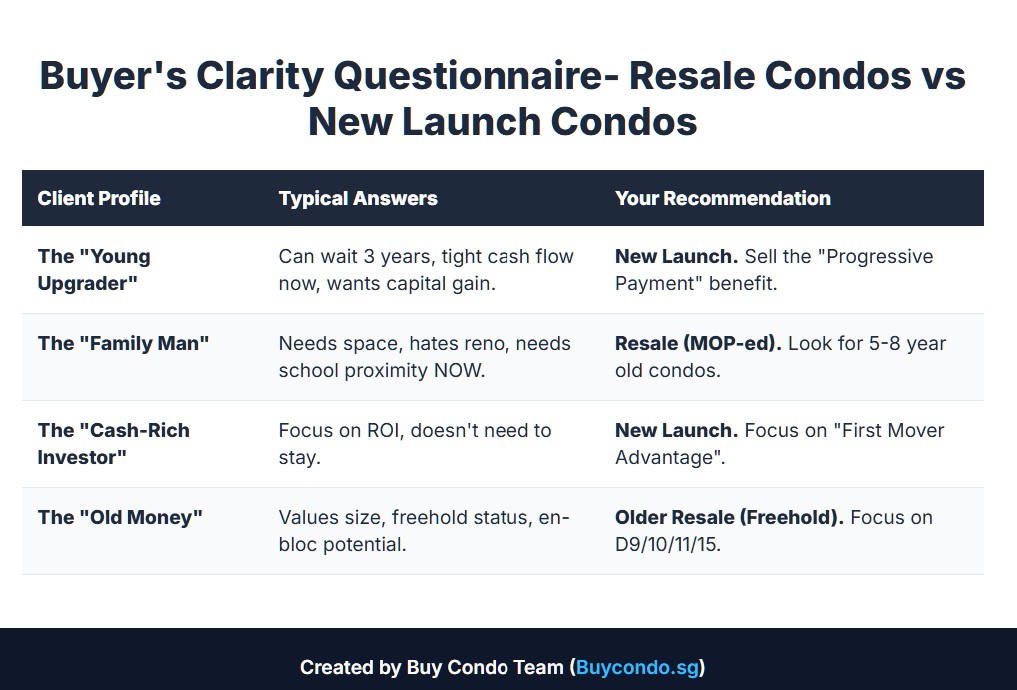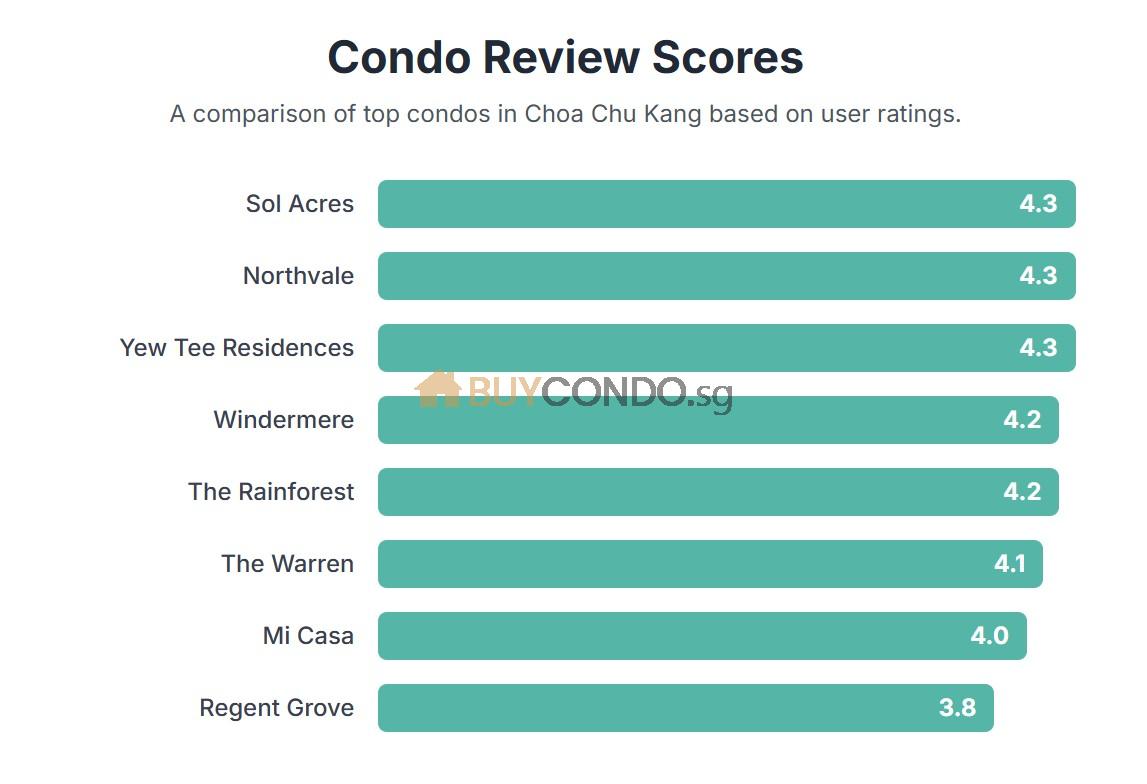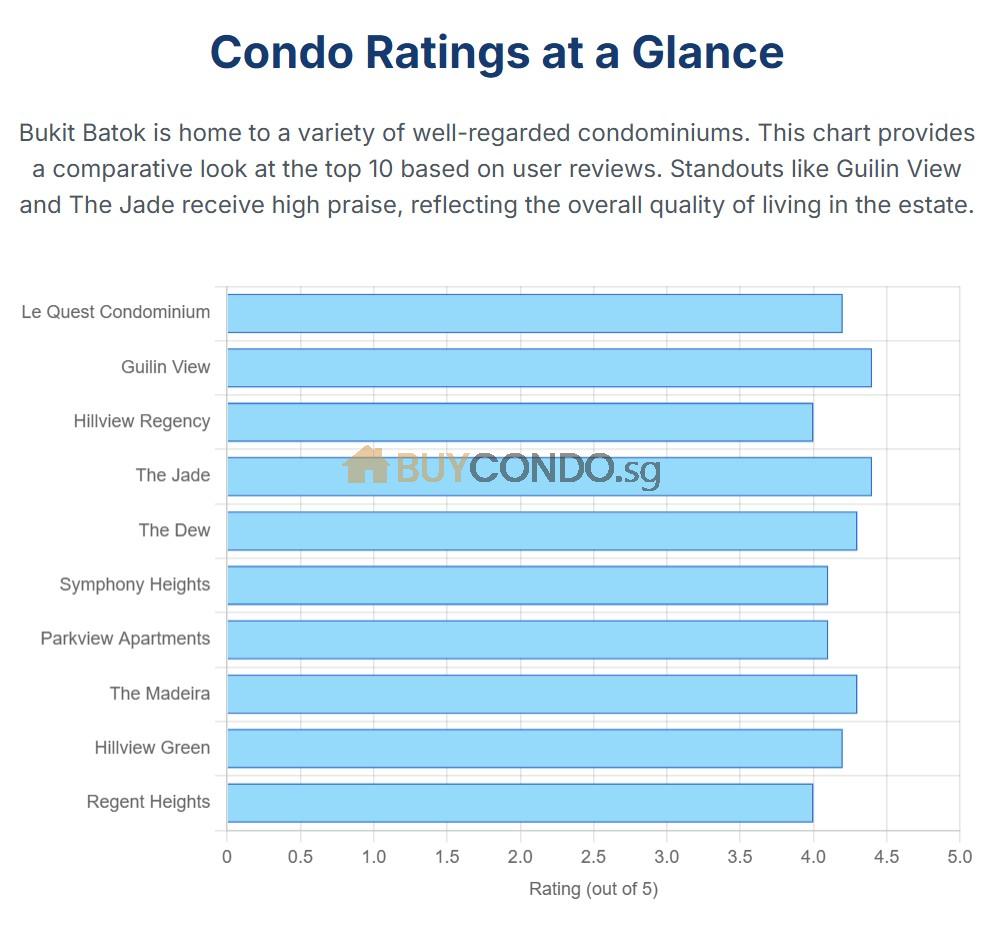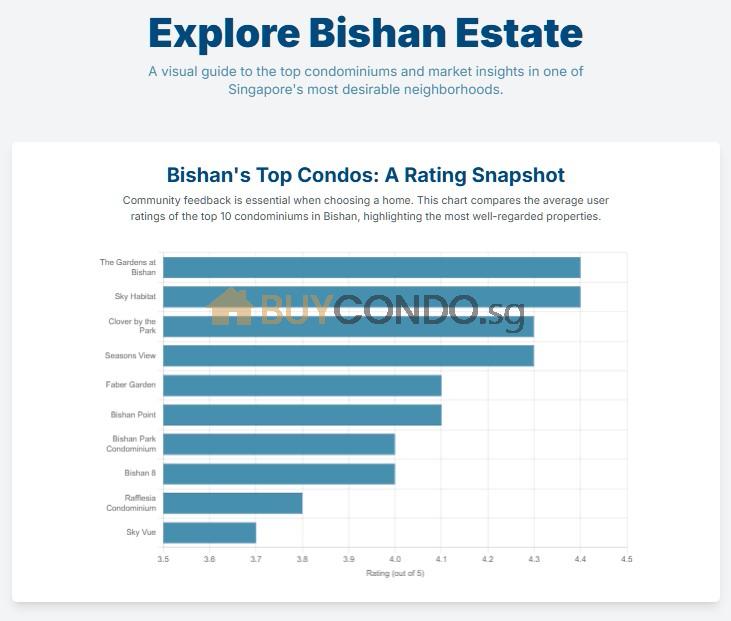Should You Pay for Take Over Fee for Commercial Properties
This is often a deadlock situation that happens in Commercial Properties such as Offices, Restuarants/F&B, warehouses and Central Kitchens etc.
Business Takeovers often can be around $10,000 up to $500,000 if selling with their licences and renovations.
Negotiation Tips : How Reverse Thinking Can Seal Your Next Property Deal
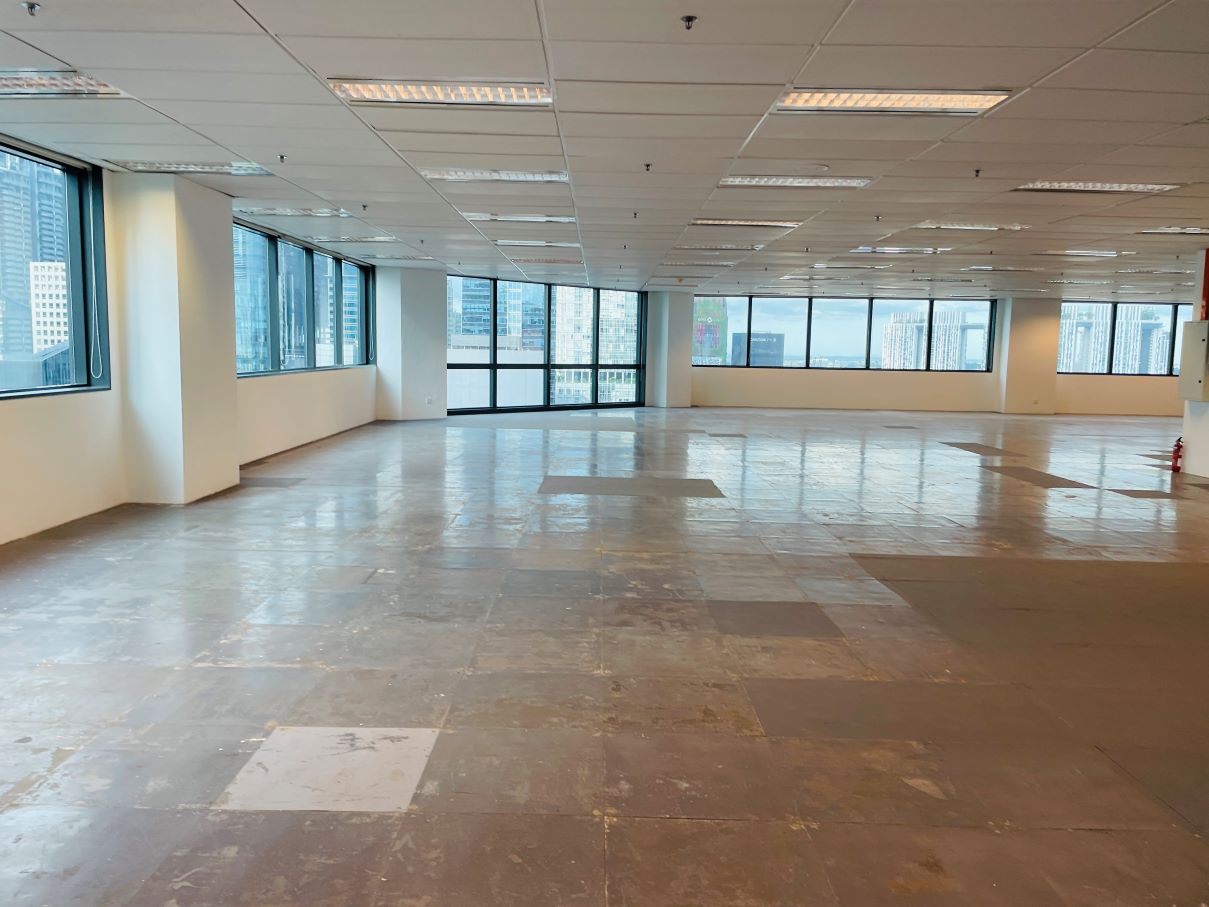
In the world of commercial property – whether you’re a business owner searching for the perfect space or a landlord looking for a reliable tenant – negotiations are key. Sometimes, these talks can hit a wall, like our recent encounter about the Oxley Bizhub unit where an existing tenant wants a S$10k takeover fee, but a keen new tenant doesn’t want to pay it. Deadlock.
Many people approach negotiation by thinking forwards. They start from their current position (“I want S$10k,” or “I don’t want to pay S$10k”) and try to figure out the steps to get the other party to agree to their starting point. This is the traditional, step-by-step method. It feels natural; our brains are often wired to plan ahead.
But what if there’s a different way? A way that feels almost… backwards?
Let me introduce you to reverse thinking. It’s an unconventional but powerful cognitive tool. Instead of starting at the beginning (the problem as it stands), you start at the end goal (the successful deal where the unit is occupied and both parties feel okay about the outcome) and work backwards from there. It means solving a problem using an approach different from traditional ones. Sometimes, difficult problems might be solved surprisingly if reverse thinking is adopted.
It’s like solving a maze by starting at the finish line and tracing your way back to the entrance. This “inversion” method challenges your usual way of thinking. One powerful way to do this is by considering the opposite of what you want.
Let’s see how this plays out in our Oxley Bizhub scenario, using the power of reverse thinking to guide the negotiation from different perspectives.
Atrix Building Call for Listings Available
Trades that is Approved for B1 Industrial Use
Scenerio 1 : The Existing Tenant’s Dilemma (Looking from the End)
Imagine the existing tenant, firm on their S$10k fee. If they use forward thinking, they’re focused on convincing the new tenant that the S$10k is justified – perhaps for fixtures, goodwill, or compensation for breaking their lease early. Their energy is on defending the S$10k figure.
Now, let’s apply reverse thinking. Instead of asking, “How do I get the S$10k fee?”, the existing tenant asks, “What would cause this deal to completely FAIL?”.
Thinking in reverse, they imagine the worst-case scenario. The worst outcome isn’t getting slightly less than S$10k. The truly bad outcome is the potential new tenant walking away entirely. If the deal fails, the existing tenant is still on the hook for the remaining lease, paying rent on an empty unit, and potentially having to find another tenant, which takes time and effort, with no guarantee of any takeover fee.
By starting at this painful “end” (unit remains empty, tenant still paying), the existing tenant can trace back the cause: their rigid stance on the S$10k is the reason the potential tenant might walk. This perspective, gained by looking at the problem the opposite way around, changes their focus. The value of securing an exit suddenly outweighs the potential “loss” of demanding the full, non-negotiable S$10k. This approach lowers the pressure associated with requiring the full amount and challenges the initial assumption that S$10k was the only acceptable figure.
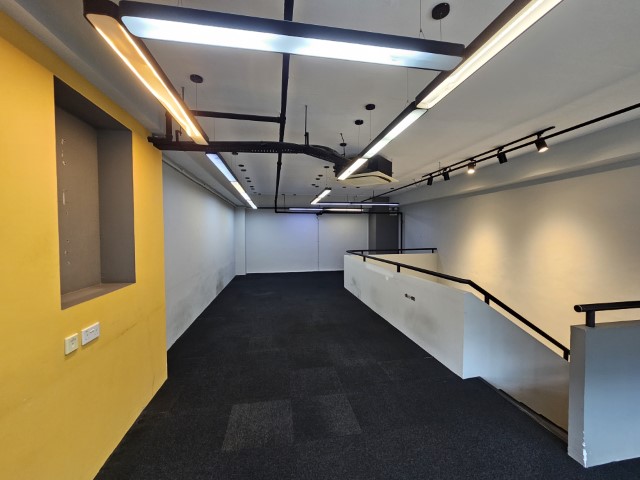
Scenerio 2 : The Potential New Tenant’s Hesitation (Starting with the Goal Unit)
Now consider the potential new tenant. They love the unit, its location in Oxley Bizhub, the size – everything is perfect… except that S$10k fee. Their forward thinking is, “How do I get this unit without paying that fee?” They might focus on arguing that the fee is arbitrary, not tied to tangible assets, or that they can find other units without fees.
Using reverse thinking, they start at their desired end: “I have successfully secured THIS specific unit.” Now, working backward from that goal, they consider what obstacles prevent them from reaching it. The S$10k fee is the primary obstacle.
But reverse thinking also encourages looking at the opposite outcome: “What happens if I don’t get THIS unit because I refuse to pay the fee?” The worst case for them isn’t paying a fee; it’s missing out on the perfect unit and having to resume their time-consuming and potentially costly search. They might end up with a less suitable unit, pay higher rent elsewhere, or spend weeks or months still looking.
By focusing on the pain of not getting the unit (the avoided pain) [My previous explanation] rather than just the pain of paying the fee, the S$10k obstacle can start to look smaller in comparison to the value of securing the ideal space. This helps them challenge the assumption that any payment is unacceptable. They might become open to compromise, perhaps paying a reduced fee or agreeing to a payment structure that feels more manageable.
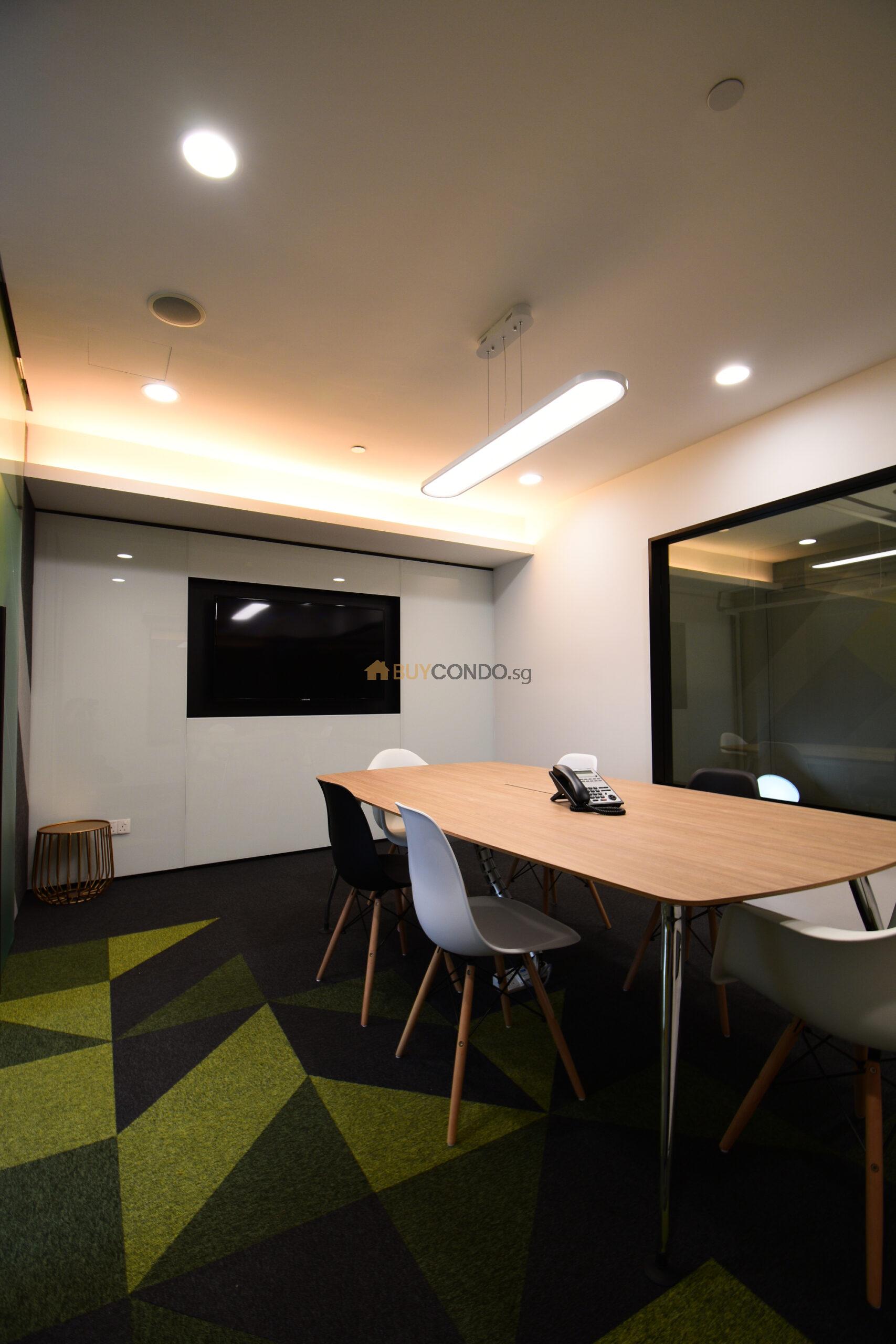
Scenerio 3: The Landlord’s Facilitation (Achieving the Best Outcome for All)
As the landlord, your end goal is a successfully leased unit with happy, cooperating tenants. When faced with the S$10k deadlock, your forward thinking might be, “How do I get these two to agree?” This can feel like being stuck in the middle.
Apply reverse thinking to the negotiation itself. Ask, “What would cause this negotiation to completely break down and leave the unit vacant?” The answer lies in the rigid positions of both parties, their focus only on the money figure, and a lack of understanding of the other’s underlying needs or fears.
Using inversion, you can facilitate. You understand the existing tenant’s fear of being stuck with the unit (their worst case). You understand the new tenant’s desire for this specific unit (their avoided worst case – continued searching) [My previous explanation]. By highlighting the value of avoiding these negative outcomes, you gently guide both parties away from their fixed positions on the S$10k [My previous explanation].
You can also use a technique similar to “bad ideas brainstorming”. In conversations, you could explore (carefully!) the “worst” ways to handle the fee issue. For the existing tenant, the “worst” is letting the new tenant walk over a few thousand dollars when the alternative is zero recovery and continued rent liability. For the new tenant, the “worst” is losing the perfect unit over a fee that might be small compared to the total cost and hassle of searching again. By presenting these “bad” outcomes, you make the path towards compromise seem more logical and desirable.
You can also challenge assumptions about what the S$10k represents or how it must be paid. Is it purely for leaving early? Is it for specific fittings or renovations the existing tenant did? Could it be paid in instalments? By breaking down the issue (“fractionation”) and exploring different angles, you open up creative possibilities that weren’t visible when focusing only on the S$10k lump sum.
The Power of Flipping the Problem : Should You Pay for Take Over Fee for Commercial Properties
Reverse thinking, or inversion, is a powerful problem-solving tool because it bypasses our usual mental blocks. By thinking about the opposite outcome, or the worst-case scenario, it often becomes clearer what actions are necessary to avoid that negative outcome and achieve the desired positive one.
For landlords, it helps you see past your immediate desire for a certain rent figure or lease term and focus on the bigger win: a long-term, stable tenancy. For tenants, it helps you see past the immediate cost of a fee or a slightly higher rent and focus on the value of securing the right location for your business.
Next time you face a negotiation deadlock, stop trying to push forward. Instead, try thinking backward. What does success truly look like? What does complete failure look like? By understanding the value of avoiding failure, the path to success, even through compromise, becomes much clearer. It can indeed make complex problems feel easier to solve.
It’s about adding another tool to your negotiation arsenal, allowing you to approach challenges from a different angle and uncover creative solutions. Give it a try – it might just revolutionize how you approach your next property deal.
BUYCONDO Team have done more than 100 transactions on Commercial Properties too, reach out to us and we shall assist you to secure your new commercial property journey.
Clients do not just tap on our network and resources but for us to go through the thinking process together and enabling the best outcome for you.







